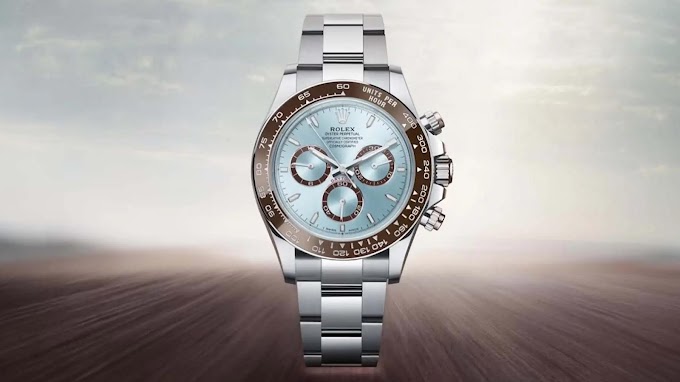The BMW 507 driven by US musician Elvis Presley, while he was doing his military service in Germany will be exhibited on 21 August 2016 at the Concours d’Elegance in Pebble Beach, California. The classic car that had disappeared for nearly 50 years and was believed to have been lost will be returning to the limelight now.
After almost two years of exacting restoration work, BMW Group Classic is presenting the roadster for the first time in a public arena. Restored to its original condition, the BMW 507 with chassis number 70079 will be on view for visitors to the popular classic car show exactly as it was when soldier Elvis Presley took delivery of the car on 20 December 1958: with paintwork finished in Feather White, the 150 hp V8 aluminum engine under the bonnet, center-lock rims, black-and-white interior and a Becker Mexico radio.
The BMW 507 has always been one of the most exclusive and sought-after rarities in the model history of the brand with just 254 automobiles being produced between 1955 and 1959. However, no other automobile of this model is shrouded in mythology like the BMW 507 once owned by Elvis Presley. This particular roadster was believed to have been lost for almost five decades. In fact, there was not even certainty about the chassis number of the car driven by the King. There were also doubts about whether Elvis Presley had ever transported the car back to the USA after he finished his military service in Germany, and nobody knew anything about the subsequent ownership of the car.
In 2014, the BMW 507 was shipped to Germany in a container, together with the spare parts and work then began on restoration in the workshop of BMW Group Classic. As was usual for projects of this nature, phase one was primarily destructive in nature. The vehicle was completely dismantled – a process which in this special case took an entire week, rather than the two days that had been originally planned. Initially, the aluminum body was separated from the floor assembly made of sheet steel. This was the only way of retaining as much of the original material as possible. The paint was then removed from the floor assembly in an acid bath and from the body in an alkaline bath. The engine had already been removed and the remnants of the interior that remained had been set aside.
A lot of components had to be remanufactured from scratch because the stocks of original parts for the BMW 507 are limited even at BMW Group Classic. Traditional craftsmanship in the style of the 1950s was melded with high-tech production procedures of the modern world. The instrument panel was newly cast on the basis of the original. The leather upholstery was created to precisely match the pattern shown in old photographs and catalogues. When the seats were reconstructed, it proved possible to use the original steel sub-frame for the seats after all the rust had carefully been removed. A rubberized coconut mat was then drawn over the steel springs. This natural material was already being used in the 1950s for series production of the BMW 507, alongside the overlaid felt and linen layers to make the seats as comfortable as possible.
Window winders and door handles were remanufactured in an advanced, modern 3D printing process based on the original dimensions. After producing a digital data set by three- dimensional scan of the original part, a facsimile was generated with the help of additive manufacturing and mirror finished afterwards. By contrast, the rubber seal for the tank cover was reproduced in a conventional manufacturing procedure. Since this component like many others in the BMW 507 had fallen prey to the ravages of time, a small series was produced. This means that roadster users are now able to source this spare part in the parts shop of BMW Group Classic.
The engine for Elvis’ BMW 507 was completely rebuilt from spare parts. The 3.2 liter V8 engine was reconditioned precisely in conformity with the original specifications of the BMW 507, but it was not given an engine number on account of the unavoidable but otherwise unusual use of old and new components. The front frame carrier, which had been cut down at an early stage, also had to be reproduced in its original geometry and integrated in the floor assembly. The wooden nailing strip for fixing the soft top in place was also reproduced using materials and processing methods in keeping with the 1950s.
Maximum authenticity was also the objective in painting the vehicle. The BMW 507 is now resplendent once again in Feather White. The primer coat, the filler and the top coat were not applied by the methods that are commonplace today. Rather, they were implemented in a procedure that corresponds to the technology in use some 60 years ago. This enabled the excessive color brilliance to be avoided which is considered desirable nowadays but is inappropriate for classic cars.








